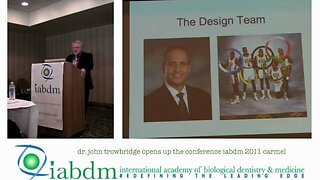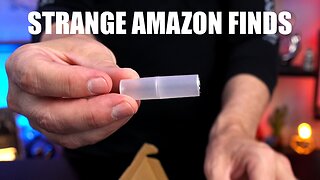The Biochemistry of Oxidative Stress | Boyd Haley, PhD, MIAOMT
The Biochemistry of Oxidative Stress and The Use of Chelators to Treat this Medical Condition Which is a Symptom of Most Medical Illnesses | Boyd Haley, PhD, MIAOMT (pre-recorded)
IAOMT Spring Conference in Sarasota, FL
March 12-13, 2021
Learning Objectives:
1. To demonstrate the absolute requirement for an unbound redox metal (e.g., Fe2+, Cu+) to transfer an electron to oxygen produce oxygen anion which is used to produce hydroxyl free radicals the “toxic product” that produces oxidative stress by damaging natural compounds.
2. To show how these redox metals are moved from stable native binding sites to being in unbound form and able to support catalytic hydroxyl free radical formation and induce oxidative stress.
3. To recognize that oxidative stress occurs intra-cellularly and that chelation of the redox metals involved in producing them requires that the chelator be able to pass the cell membrane.
Dr. Boyd Haley obtained his MS in Chemistry at the University of Idaho and his PhD in Chemistry/Biochemistry at Washington State University. He was appointed as Chair and Professor of Chemistry from 1996 to 2005 at the University of Kentucky. He retired in July 2008. He has lectured throughout the world and testified before Congressional Committees and the Institute of Medicine regarding various aspects of mercury toxicity and neurological diseases. In the past six years, he has dedicated most of his research efforts towards the development of a safe and effective chelator for mercury, lead, cadmium and other toxic heavy metals.
Disclaimer: The information provided on this video is not intended as medical advice and should not be interpreted as such. If you seek medical advice, please consult with a health care professional. Also, the information in this video represents the thoughts of the individual speaker/s, and the views expressed in this interview do not necessarily reflect the views of the IAOMT, its individual members, its Executive Committee, its Scientific Advisory Council, its administration, its employees, contractors, sponsors, or any other IAOMT affiliates.
-
 11:01
11:01
International Academy of Oral Medicine & Toxicology
7 months agoDr. John Trowbridge opens up IABDM's 25th Anniversary meeting in Carmel 2011
247 -
 8:31
8:31
Film Threat
1 day agoHOUSE OF THE DRAGON SEASON 2 EPISODES 1 & 2 | Film Threat Reviews
74.6K8 -
 11:31
11:31
shaneandliana
1 day agoPossessed SLEEP WALKING Prank On My Parents *THEY FREAKED OUT*
72.4K15 -
 10:30
10:30
Hack
1 day agoDIY Incubator: Using Old Watches and Polystyrene for Successful Hatching
67.6K13 -
 19:23
19:23
Freakin' Reviews
1 day agoTesting Strange & Useful Amazon Gadgets!
79K11 -
 33:49
33:49
Degenerate Jay
23 hours agoThe Most Underrated Bond Movie? 007 Tomorrow Never Dies - Movie Review
72.5K17 -
 8:00
8:00
Misha Petrov
1 day agoWhy The Left Is CANCELLING And BLOCKING Celebrities
90.6K202 -
 13:37
13:37
ryanhoguepassiveincome
1 day ago $0.01 earnedAmazon FBA Product Research Tutorial for 2024
69.8K4 -
 24:43
24:43
Crime Circus
1 day agoIdaho 4 Mysteries!! Bryan Kohberger Investigation! Moscow Idaho Documentary
63.1K20 -
 19:16
19:16
MYLUNCHBREAK CHANNEL PAGE
1 day agoThe Old World is in The Catacombs? - Part 2
59.7K92